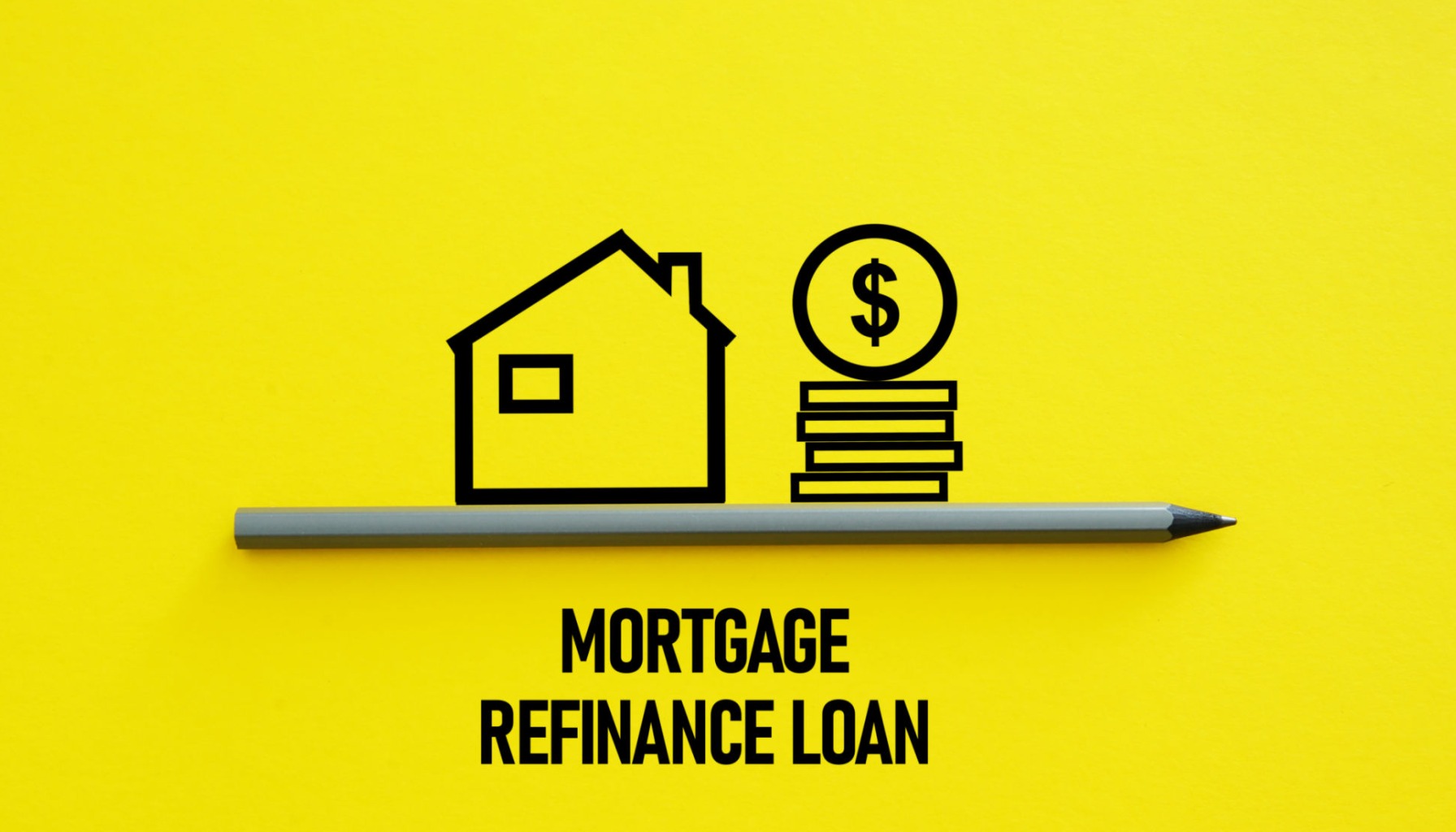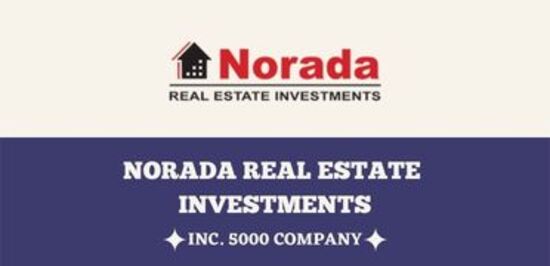Today, November 14th, the news is that mortgage rates today, Nov 14: 30-year refinance rate rises by 15 basis points, topping out at 6.95% according to Zillow. This move upward means that if you were holding out hope for a slightly lower payment soon, it might be time to look at your options more closely. The quick answer is: yes, refinance rates have nudged higher, and it’s worth understanding what that means for your wallet and your homeownership journey.
Mortgage Rates Today, Nov 14: 30-Year Refinance Rate Rises by 15 Basis Points
This 15 basis point jump for the 30-year fixed refinance rate from 6.80% to 6.95% isn't earth-shattering, but it’s a clear signal. It’s a reminder that the mortgage market is a dynamic thing, influenced by a lot of different factors. It feels like just yesterday we were seeing rates dip and rise, and now we're seeing a consistent upward trend. This particular increase from Friday is also up 7 basis points from the average rate of 6.88% we saw last week.
It’s not just the 30-year fixed that's on the move. The 15-year fixed refinance rate has also seen an uptick, climbing 12 basis points from 5.71% to 5.83%. And if you’re considering an adjustable-rate mortgage (ARM), the 5-year ARM refinance rate is up 16 basis points, moving from 7.37% to 7.53%. Basically, across the board, borrowing money to refinance your home is costing a little more today.
What a 15 Basis Point Increase Really Means for Your Monthly Payment
Let’s break down what this 15 basis point increase actually translates to in real dollars. It might sound small, just a fraction of a percent, but over the life of a mortgage, it can add up. Imagine you have a $300,000 loan.
- At 6.80% (the previous rate): Your principal and interest payment would be roughly $1,965.
- At 6.95% (today's rate): Your principal and interest payment would be roughly $2,010.
That’s an increase of about $45 per month. Now, $45 might not sound like much if you’re thinking about that fancy coffee you buy every morning. But consider this: if you’re looking at a 30-year mortgage, that’s $45 multiplied by 360 months. That’s an extra $16,200 over the life of the loan. Ouch. This is why understanding these small shifts is so important, especially if you’re aiming to lower your overall housing costs through refinancing. It really hammers home the idea of timing.
Refinance Timing: Locking in Rates Before Further Hikes
This is where my own experience comes into play. I've seen homeowners get caught out by waiting too long for that “perfect” rate, only to see it slip away. The market today suggests a potential for further increases, though of course, no one has a crystal ball. The fact that the 30-year fixed refinance rate is already pushing close to 7% is a significant psychological and practical threshold.
If you've been on the fence about refinancing, and you were hoping to achieve a substantial savings on your monthly payment or reduce your loan term, these rising numbers are a strong nudge to act sooner rather than later. Taking action might mean securing a rate that, while not the absolute lowest it’s ever been, is still better than what you might get a few weeks or months down the line if the trend continues. It’s about weighing the potential for future savings against the certainty of current savings.
Comparing 30-Year Fixed vs. 15-Year Refinance Options
With rates on the rise, it’s a good time to revisit the classic refinance decision: 30-year fixed versus 15-year fixed. Both have gone up, but the gap between them has widened slightly, as you can see from Zillow's data.
- 30-Year Fixed Refinance Rate: 6.95%
- 15-Year Fixed Refinance Rate: 5.83%
The difference here is about 1.12 percentage points.
Here’s how I see it shaping up:
- 30-Year Fixed: This is still the go-to for many folks because it offers the lowest monthly payment. It’s great if your priority is to free up cash flow each month, perhaps to handle other expenses, invest, or simply have a little more breathing room in your budget. However, as we've seen, these payments are creeping up, and you'll pay more interest over the long haul.
- 15-Year Fixed: The 15-year option, even with its increase, still offers a significantly lower interest rate. This means you’ll pay substantially less interest over the life of the loan and pay off your home much faster—in half the time! The trade-off? Your monthly payments will be higher. It requires a bit more financial cushion but can be a fantastic way to build equity rapidly and achieve debt freedom sooner.
I often advise clients to look at their financial situation holistically. If you can comfortably afford the higher monthly payment of a 15-year mortgage, the savings are immense. But if stretching for that payment would put a strain on your finances, the 30-year, even at a slightly higher rate, might be the more sensible choice for now.
How Your Credit Score Impacts Your Refinance Rate Today
It’s crucial to remember one of the fundamental truths of borrowing money: your credit score is your best friend when it comes to securing good rates. The rates reported by Zillow, like those from other sources, are national averages. Your individual rate will likely be different, and your credit score is a major factor in determining where you fall on the spectrum.
Think of it this way: lenders see a higher credit score as proof that you're a responsible borrower who pays bills on time. They perceive less risk in lending to you, and they reward that with lower interest rates. Conversely, a lower credit score signals higher risk, and lenders will charge more to compensate for that.
- Excellent Credit (740+): You'll likely qualify for rates very close to, or even better than, the advertised averages.
- Good Credit (670-739): You'll probably get rates that are a bit higher than the average, but still reasonable.
- Fair Credit (580-669): You might find it harder to qualify for refinancing, and if you do, the rates could be significantly higher, making refinancing less attractive.
- Poor Credit (below 580): Refinancing is likely out of reach. The focus here should be on improving your credit score first.
If you're thinking about refinancing, it’s always a smart move to check your credit report and score beforehand. If there are any errors, get them corrected. If your score isn't where you'd like it to be, consider taking steps to improve it (like paying down debt or ensuring you pay all bills on time) before officially applying for a refinance. This could potentially lead to a better rate than today's average.
Recommended Read:
30-Year Fixed Refinance Rate Trends – November 13, 2025
The Role of Debt-to-Income Ratio in Refinancing
Another critical piece of the refinancing puzzle is your debt-to-income ratio (DTI). This ratio compares how much you owe each month on debts to your gross monthly income. Lenders use DTI to gauge your ability to manage monthly payments and repay debts.
- Front-end DTI: This focuses on your housing costs (principal, interest, taxes, and insurance) as a percentage of your gross income.
- Back-end DTI: This includes all your monthly debt payments (including housing costs, car loans, student loans, credit card minimums, etc.) as a percentage of your gross income.
Lenders have different DTI requirements, but generally:
- A DTI of 43% or lower is often considered ideal for most mortgage programs, including refinancing.
- Some programs might allow for higher DTIs, but this usually comes with stricter conditions or higher rates.
If your DTI is high, it means a significant portion of your income is already spoken for by debt. This makes it harder for lenders to feel confident in approving you for a new loan, as it suggests less disposable income to handle additional payments.
My advice? Before you even fill out a refinance application, do the math on your DTI. If it's on the higher side, focus on reducing your other debts or increasing your income before applying. Paying down credit card balances or making extra payments on car loans can make a noticeable difference.
In conclusion, today's rise in mortgage rates, specifically the 15 basis point increase for the 30-year fixed refinance rate to 6.95% according to Zillow, is a clear signal that the cost of borrowing is nudging higher. While it might not be the headline-grabbing surge some fear, it's enough to make those considering a refinance pay attention.
“Invest Smart — Build Long-Term Wealth Through Real Estate”
Norada's team can guide you through current market dynamics and help you position your investments wisely—whether you're looking to reduce rates, pull out equity, or expand your portfolio.
Work with us to identify proven, cash-flowing markets and diversify your portfolio while borrowing costs remain favorable.
HOT NEW TURNKEY DEALS JUST LISTED!
Speak with a seasoned Norada investment counselor today (No Obligation):
(800) 611-3060
Recommended Read:
- When You Refinance a Mortgage Do the 30 Years Start Over?
- Should You Refinance as Mortgage Rates Reach Lowest Level in Over a Year?
- NAR Predicts 6% Mortgage Rates in 2025 Will Boost Housing Market
- Mortgage Rates Predictions for 2025: Expert Forecast
- Half of Recent Home Buyers Got Mortgage Rates Below 5%
- Mortgage Rates Need to Drop by 2% Before Buying Spree Begins
- Will Mortgage Rates Ever Be 3% Again: Future Outlook
- Mortgage Rates Predictions for Next 2 Years
- Mortgage Rate Predictions for Next 5 Years
- Mortgage Rate Predictions for 2025: Expert Forecast



